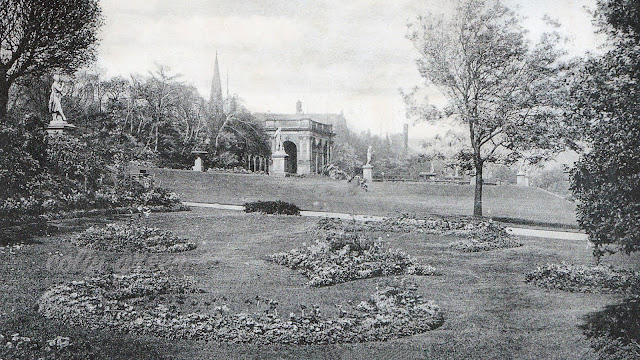There's something uniquely satisfying about sifting through a collection, especially when it's something as tangible and evocative as vintage postcards. Each one holds a tiny slice of history, a frozen moment in time, often whispering tales of faraway places and long-forgotten journeys. Recently, while diving deep into my own sizeable postcard archives, I stumbled upon a true treasure that instantly caught my eye.
It's a postcard from the renowned Scottish publisher Valentine & Son of Dundee. For any postcard enthusiast, the Valentine name is synonymous with quality and a vast output of beautifully designed cards, particularly throughout the early to mid-20th century. This particular find, however, felt extra special.
Blackpool's Dazzling Spectacle, Captured in Paint
The card features a vibrant depiction of the Blackpool Illuminations from the North Pier. What makes this one stand out is its captivating artistic style – it's not a photograph, but rather a beautifully rendered painting, transforming the electric spectacle into a work of art. The Blackpool Illuminations themselves are legendary, a beloved annual event that has drawn visitors to the Lancashire coast for over a century. To see them captured in this painterly fashion on a postcard from so long ago is truly a delight.
A Date with History: 1933 and Beyond
One of the most fascinating aspects of collecting postcards is being able to date them, and this card offered a clear clue. Its serial number, 221812, definitively places its printing in 1933. That means this humble piece of cardstock is roughly 87 years old! Imagine the world in 1933: the Great Depression was in full swing, global tensions were simmering, and yet, here was Blackpool, offering a dazzling escape, immortalized on this very card.
Unposted and Enduring
Despite its impressive age, this postcard tells another interesting story: it was never posted. There are no stamps, no handwritten messages, no postmarks to betray a journey through the postal system. It's a blank canvas, preserved almost as it was the day it rolled off the printing press. While it shows some signs of wear and tear, as you'd expect from an item approaching its ninth decade, its overall condition is remarkably good. The colours remain surprisingly vibrant, and the details of the painted scene are still wonderfully clear.
Holding this card, you can't help but wonder about its original owner. Was it bought as a souvenir and simply never sent? Did it sit in a drawer, waiting for a message that never came? Or perhaps it was part of a collection from the very beginning, cherished for its artistic merit and historical significance.
This small, unposted postcard from 1933 is more than just a piece of paper; it's a tangible link to the past, a vibrant reminder of Blackpool's enduring appeal, and a testament to the artistry of Valentine & Son. It's moments like these, unearthing such gems, that make the hours spent sorting through a collection truly worthwhile.




























